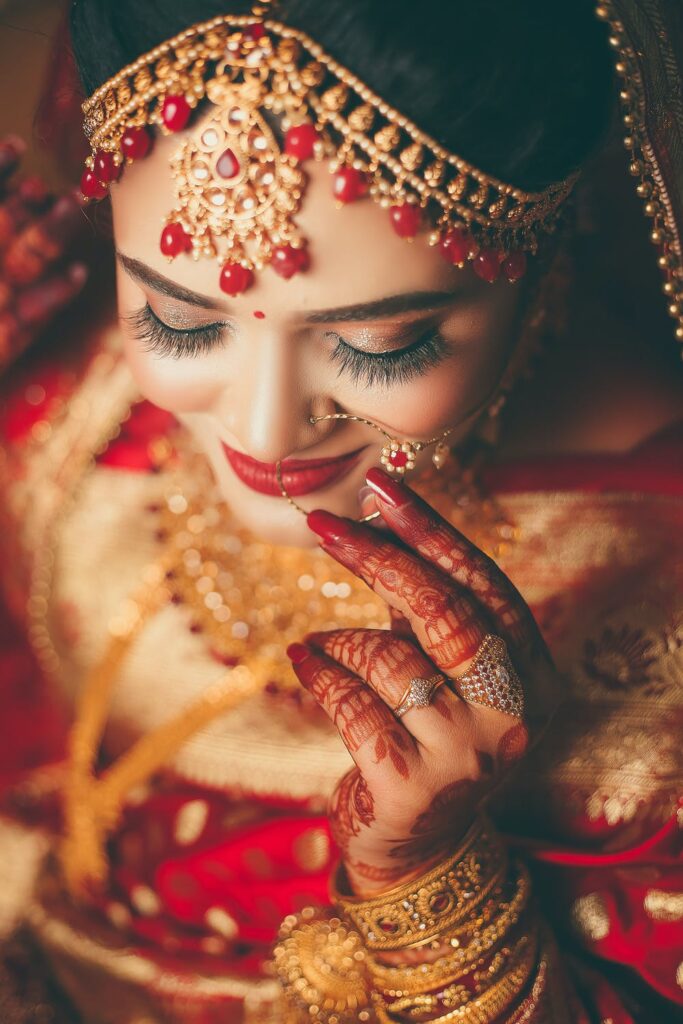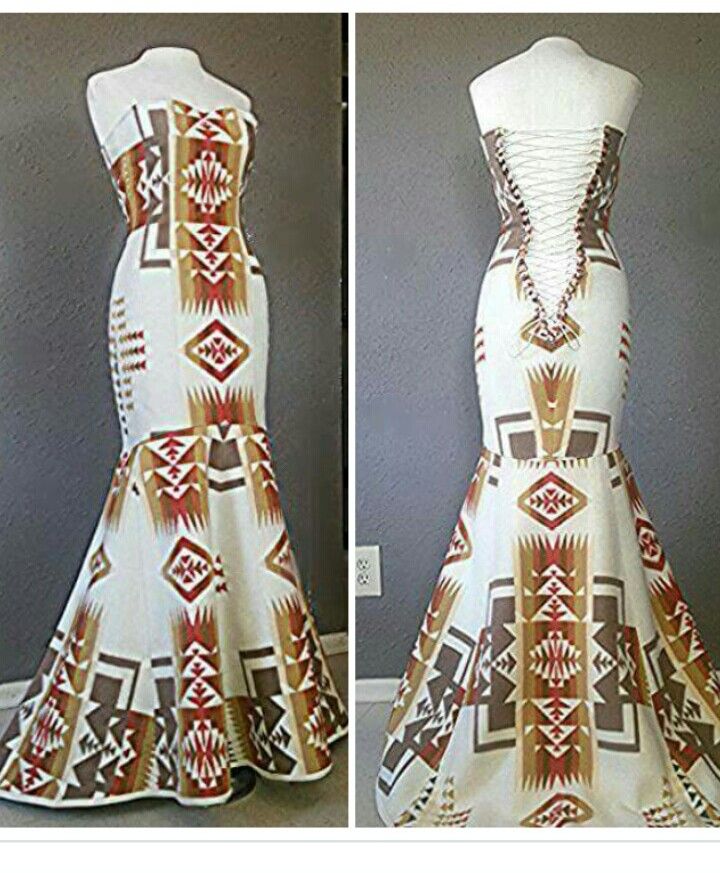Wedding Dresses: A Full Spectrum of Colors
Worried that white is your only option? Is your nosy aunt giving you grief about appearing less-than-pure? Think again.
Brides around the world enjoy traditional wedding gowns in a rainbow of hues, so if you usually dress colorfully, there’s no reason you can’t extend the look to your wedding day. Read on to inspire a broader color palette for the globally-minded bride.
Eastern Brides
Red is the color of love, happiness, and prosperity in traditional Chinese weddings. Make a splash with a vibrant, completely red dress, or incorporate a splash of color by adding red lacing and accents.
If you’re looking for additional sparkle, some Chinese brides use gold and silver thread to embroider the gown’s edges, echoing the tradition of setting off sparklers and fireworks to celebrate the new union. Dragons and phoenixes are also dramatic subjects for embroidery on both the bride’s and the groom’s outfits. Chinese tradition incorporates red into every aspect of the celebration–from the flowers and candles to the wrapping on the presents–to give the new couple additional luck.
Indian brides look resplendent in red saris, with gold and white embroidery on the more ornate options. Hindu culture in general places prominence on bright colors and embellishments, so if you want a rainbow represented, you’d do well to look for Indian influences in your wedding theme and fashion.
Red and gold are also auspicious colors for Vietnamese, Thai, Cambodian, and other Asian cultures. Even modern Japanese brides who choose to wear white gowns will often change into a red kimono for celebrating after the wedding ceremony. If you want to look dazzling in an eye-catching color on your wedding day, the fact that a large section of the world considers it good luck should be just the motivation you need.
Native American Brides
Many Native American brides choose to wear bright colors and intricate designs on their wedding day. In fact, white gowns are often the exception, since the color represents mourning in many tribes. (Traditional Hopi bridal wear was white so it could double as a burial shroud.) Red wedding dresses are especially popular in many Native American cultures, symbolizing affluence and good luck.
For more Native American inspiration to match any color dress, incorporate bold, colorful jewelry and embroidery. Traditional Pueblo bridal wear includes a belt. As an update on the traditional Delaware custom of painting a bride’s face in red, white, and yellow clay, you might opt instead to accent your wedding makeup with these hues.
Many Northern California tribes wove bridal colored gowns in white, pink, blue, yellow, and black to honor the cardinal directions. Turquoise and silver jewelry are not only decorative additions but also are considered award against bad luck.
North American Brides
Even in America, the classic white gown wasn’t always the norm. Brides showed off their prosperity with rich, vibrant fabrics and ornate, embroidered brocades. White only became fashionable with Queen Victoria’s wedding in 1840 (who wanted to incorporate an especially valuable collection of white lace into her gown). Even so, less wealthy brides often opted to wear “Sunday best” dresses they could use again.
Victorian style wedding gowns didn’t gain popularity until the late 1930s. And white didn’t always represent purity and virginity, either; that honor originally belonged to the color blue (which is still represented by wearing “something blue” on the big day). Hollywood’s portrayal of white weddings helped to solidify it as the norm for American culture today.
Do you still feel pressured to conform? Don’t worry. Even within a selection of white wedding gowns, there is still a range of colors. When browsing the possibilities, consider whether your skin tone is best complemented by eggshell, ivory, antique white, cream, vanilla, or even light beige. You may have more flexibility than you think. At the end of the day, it’s all about what looks best on you.


